
People opt for stainless steel cups because it is a sustainable and health-friendly option compared to plastic cups. They last longer and do not contaminate the water inside. They are more hygienic and corrosion-resistant and can retain the temperature of the fluid for a longer duration.
However, the recent discovery of the presence of lead in the tumblers and bottles of some famous brands has raised concerns. In this article, we will dive deep into the details and explain whether stainless steel cups have lead or not. We will answer the frequently asked questions and clear your doubts.
What are stainless steel cups made of?
Generally, there are three stainless steel materials in the market. Stainless steel 201, 304 and 316. Most stainless steel cups and tumblers are made of stainless steel 304 raw materials.
Stainless steel 304 is also known as 18/8 stainless steel because it contains 18% chrome and 8% nickel, making it excellent resistance. Pure stainless steel 304 doesn’t contain any harmful elements like lead, or BPA. It is used for various household and food-handling containers, such as stainless lunch boxes, stainless steel tumblers, stainless steel drinkware, and so on.
Stainless steel 201 is cheaper and not resistant to corrosion. It contains 15% chromium and 5% nickel. Cheap stainless steel tumblers and water bottles are most likely made out of stainless steel 201. However, double-wall vacuum stainless steel cups or tumblers always use stainless steel 201 as the outer layer to save some costs, but generally, the internal wall is still made of stainless steel 304.
Stainless steel 316 is generally composed of 16 to 18% chromium,10 to 14% nickel, and 2 to 3% molybdenum. It is also known as 18/10 stainless steel. The addition of molybdenum provides greater corrosion resistance than 304. 316 is often recommended for use in marine environments or other situations where exposure to saltwater or other corrosive chemicals is likely to occur. Because 316 material cost is approx 50% more expensive than 304, so they are rarely used for stainless steel cups or tumblers.
Below we list a chart for your reference:
| Stainless steel grade | STRENGTH | CORROSION RESISTANCE | Raw Material cost | Lead free | NOTES |
|---|---|---|---|---|---|
| 201 | GOOD | POOR | CHEAP | YES | Not as resistant to corrosion and seen in lower quality (and lower cost) stainless steel drinkware. |
| 304 | BEST | GOOD | GOOD | YES | Higher quality stainless steel drinkware. Also known as 18/8 (18% chromium and 8% nickel). Good corrosion resistance due to the nickel. Most common. |
| 316 | GOOD | BEST | EXPENSIVE | YES | Best for extreme environments such as marine use. Rarely seen for drinkware. |
Does stainless steel 304 contain lead?
304 stainless steel is the most common stainless steel. It is an alloy of iron, carbon, chromium and nickel. The chromium content in stainless steel provides corrosion resistance, but lead is not one of the elements typically found in stainless steel compositions.
Below you can see its structure and all chemical composition, source from WIKI:
Type 304 stainless steel chemical composition %
| Standard | AISI (UNS) | C, ≤ | Si, ≤ | Mn, ≤ | P, ≤ | S, ≤ | Cr | Ni |
|---|---|---|---|---|---|---|---|---|
| ASTM A276/A276M | 304 (S30400) | 0.08 | 1.00 | 2.00 | 0.045 | 0.030 | 18.0–20.0 | 8.0–11.0 |
Is There Lead in Stainless Steel Cups?
There is a wide variety of stainless steel available. But when it comes to water bottles and cups, 304 food grade stainless steel is preferred. It is completely safe to use if it is pure. Yes, there could be lead and other impurities as well, and manufacturers usually do this to save money.
You might find cheap stainless-steel cups easily. But keep in mind that it is too good to be true because stainless steel is itself expensive, so there is no way you can get cheap products. If you are getting it at a very cheap price, it means there could be various impurities. Who knows whether it is made of food-grade stainless steel or something else?
While buying stainless steel cups, you need to make sure you are buying from a trusted manufacturer or seller. Reliable brands ensure that there are no lead and other harmful elements in the cup. Do not go with unknown and unreliable brands as you cannot know whether there are lead traces in the cup or not just by looking at it.
Do Metal Cups Have Lead?
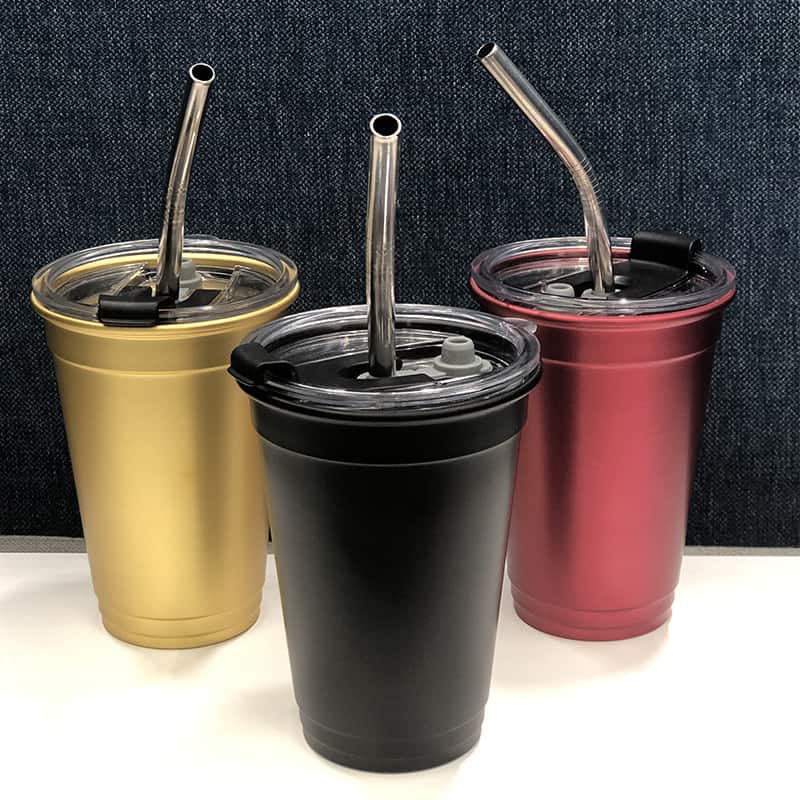
Most of the metal cups are made of stainless steel. If the material is pure, there won’t be lead and other harmful elements in the cup. However, some manufacturers can use inferior quality material that could contain lead. Their primary focus is a big margin.
You need to make sure that the manufacturers ensure there is no lead. The cup should be made according to the FDA guidelines. Go with reliable and tested brands only.
Does Stanley Cup Have Lead?
Recently, Stanley cup users tested their cups for the presence of lead using at-home kits. Many of the results showed positive results, which has alarmed the users. It’s a serious concern even though such kits are unreliable.
The TikTok videos spread like fire in the forest. And then, Stanley responded to the issue.
According to the manufacturer, there is the presence of lead inside Stanley cups. It is used in the base pellet to seal the vacuum insulation. It’s an industry-standard practice, and after sealing, the lead is covered with stainless steel. Thus, users and the liquid inside the cup do not get in touch with lead. Moreover, the base layer has a lifetime guarantee, so if there is any issue with it, the product will be replaced.
Thus, Stanley cups do have lead at the base, but it is packed. The lead will be exposed if the base is severely damaged. But even then, the sealing material will not come into contact with the liquid. If the base is broken, you should not use the cup.
What Stainless Steel Cups are Lead Free?
Most of the stainless-steel cups from the reputable brands are lead-free. There is no lead on the surface of the bottle that comes in contact with the liquid or users.
However, manufacturers use a sealing material at the base of the cup to ensure insulation. This material usually contains lead. It is covered and does not come into contact with the liquid.
Some manufacturers even have sealing materials that do not contain lead and other harmful elements. They are safe and according to the FDA guidelines.
While buying stainless steel cups, you must ensure it is from a reliable brand. It is better if there is any third-party testing for the presence of lead and other harmful contaminants. You can go with the coated or colored cups. However, uncoated stainless-steel cups are much better. The cup should be FDA-approved and BPA-free.
Here are some popular stainless-steel cups that are lead-free:
- Klean Kanteen
- Hydro Flask
- Methodology
Are Stainless Steel Cups Dishwasher Safe?
Yes, most of the stainless-steel cups are dishwasher safe. You can put them in the dishwasher and easily clean them.
But make sure to read the manufacturer’s guidelines. Some cups also have other materials along with stainless steel. So, they might not be dishwasher safe.
Stainless steel cups have a coating outside. Usually, it can be cleaned in a dishwasher if the manufacturer says so. If it is not mentioned, the color coating could fade.
Related articles:
About The Author

FLYTINBOTTLE
FLYTINBOTTLE is a fast-growing brand, we offer one-stop metal tins and bottles wholesale, bulk, and supply in China. We belong to KEGE group in China, which is a leading manufacturer of metal tin containers, metal lunch boxes, muffin tins, aluminum cups, and aluminum bottles in China for more than 20 years. With the development of our business, we created our brand FLYTINBOTTLE in the year 2018 and focused on providing all kinds of sustainable metal packaging for our global customers. We are also developing our new business on stainless steel water bottles, stainless steel cups, insulated water bottles, and so on.
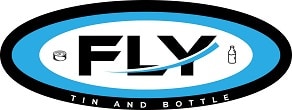
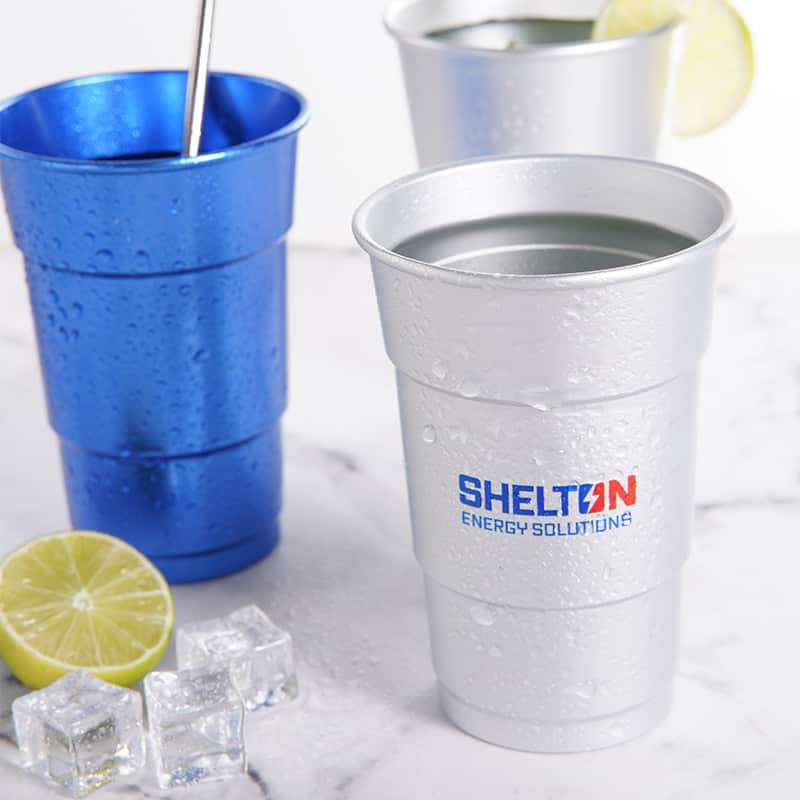



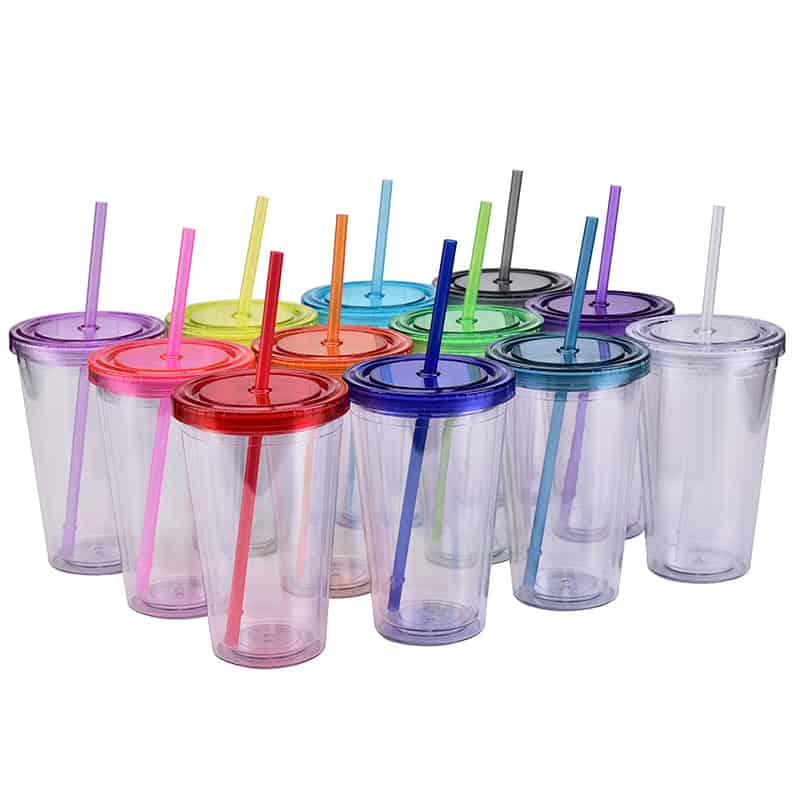
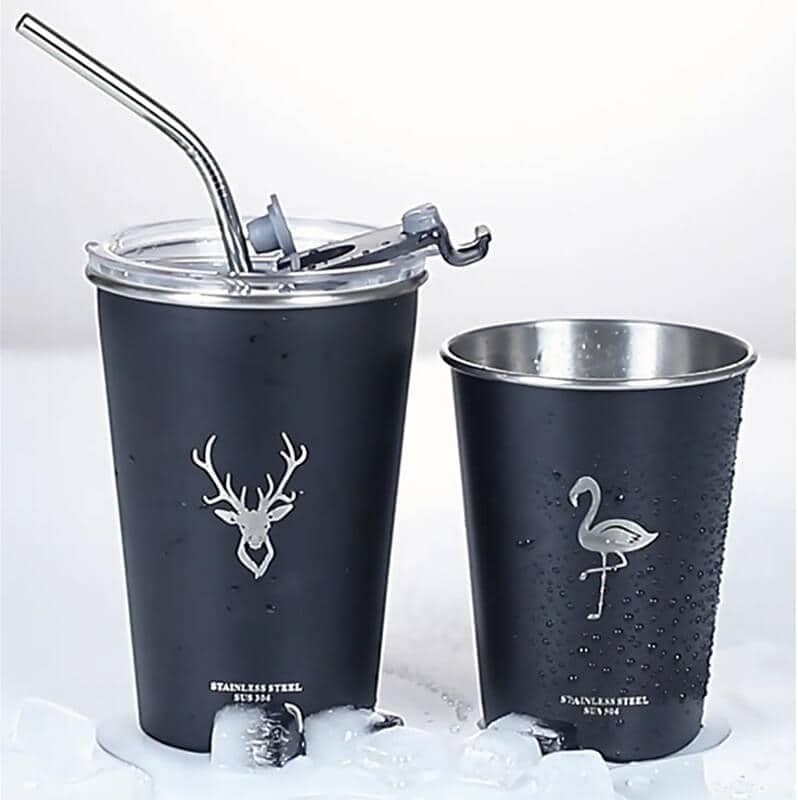
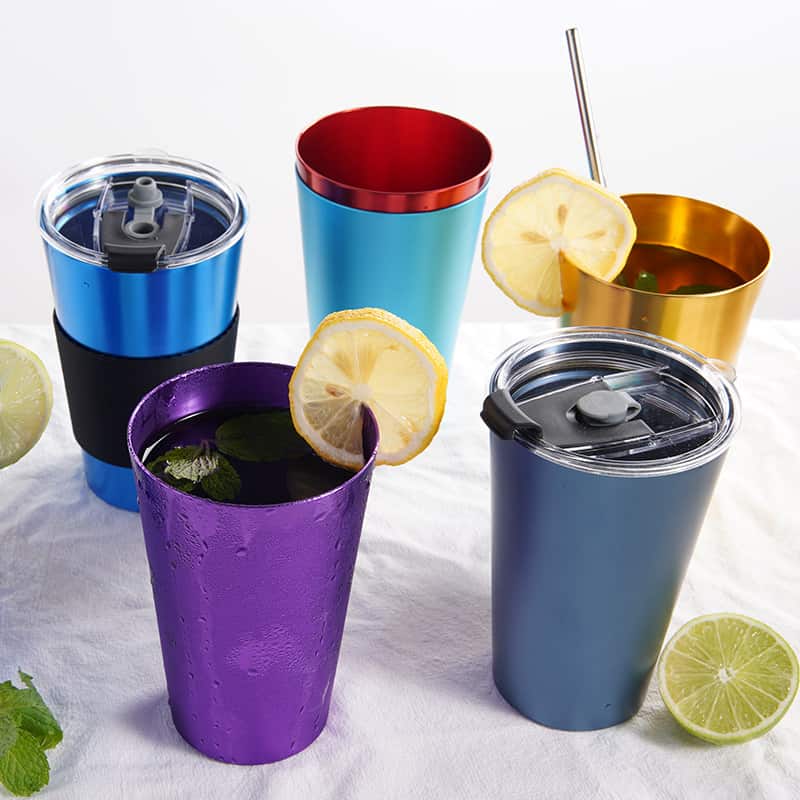
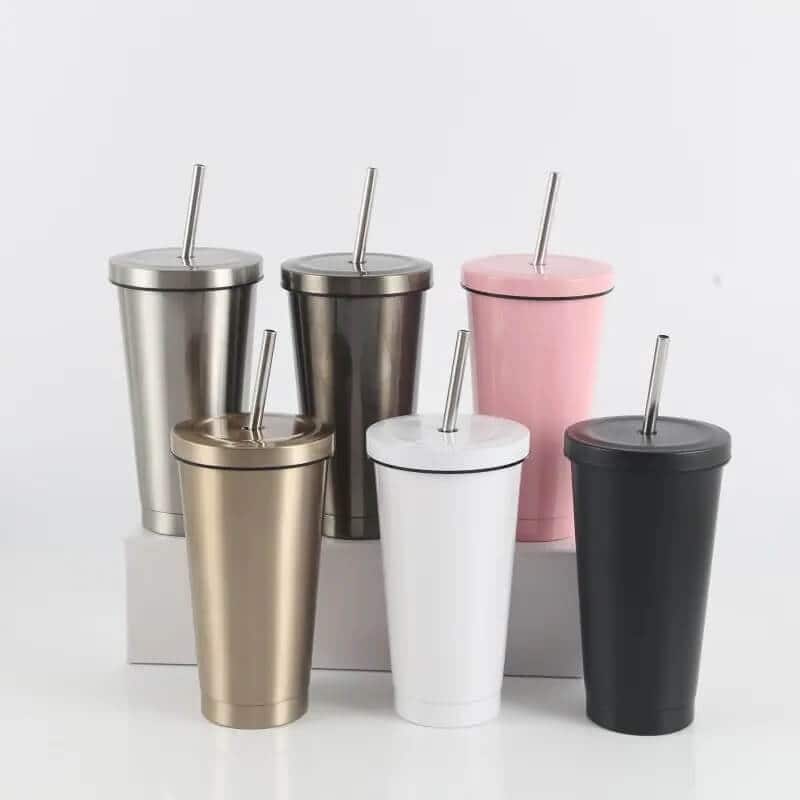
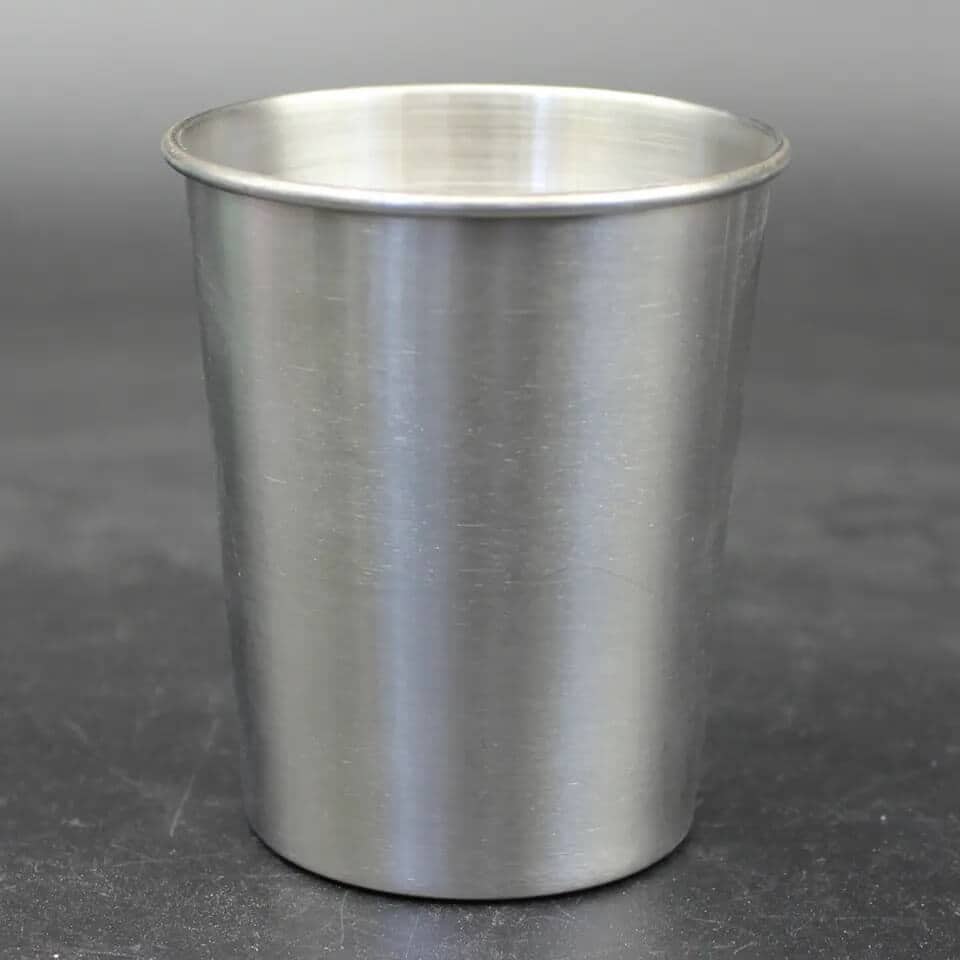
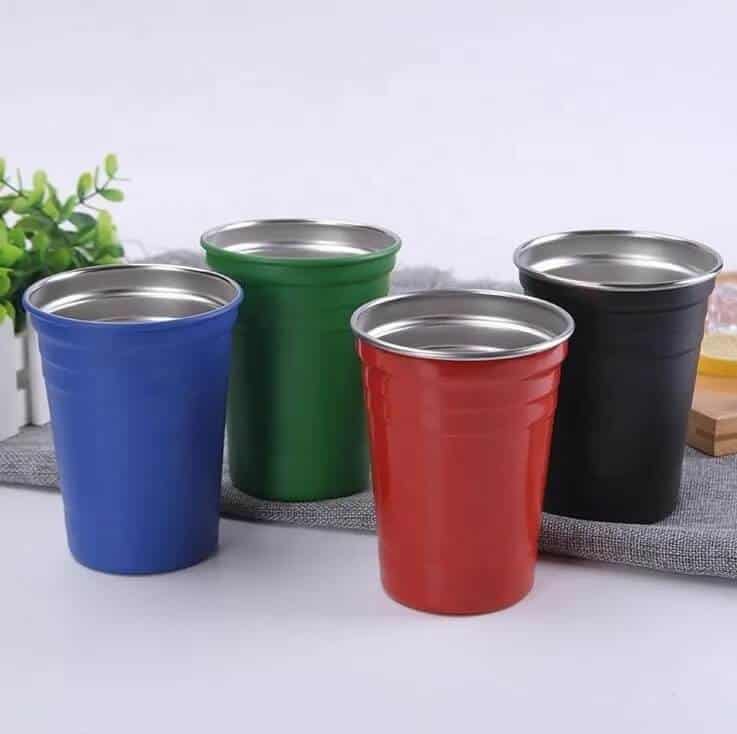

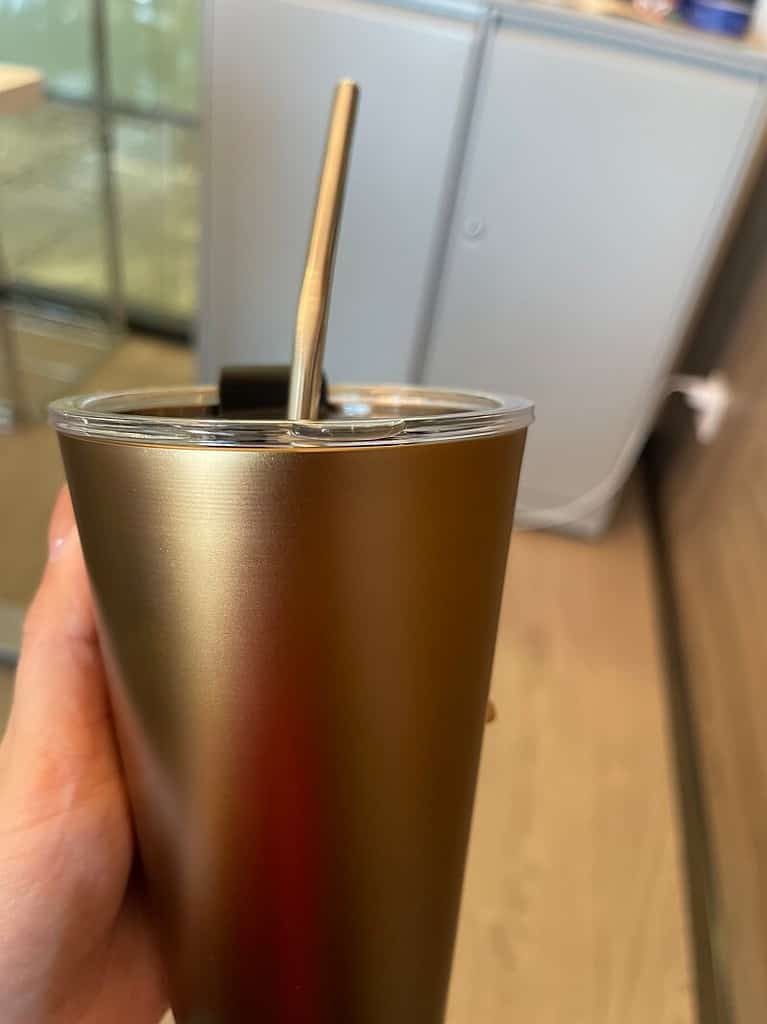
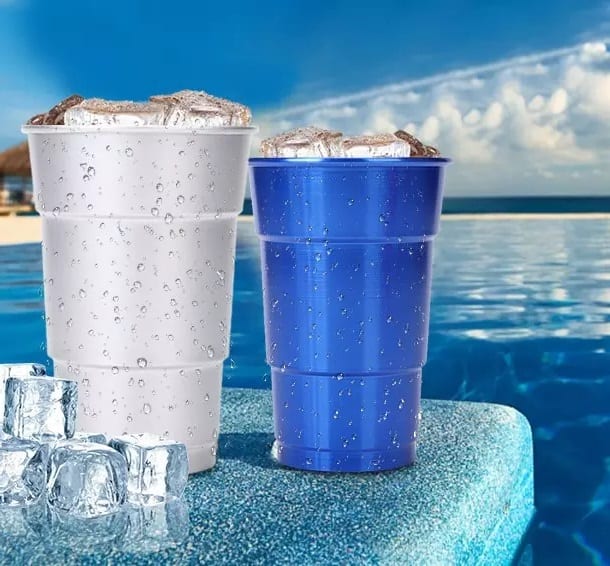
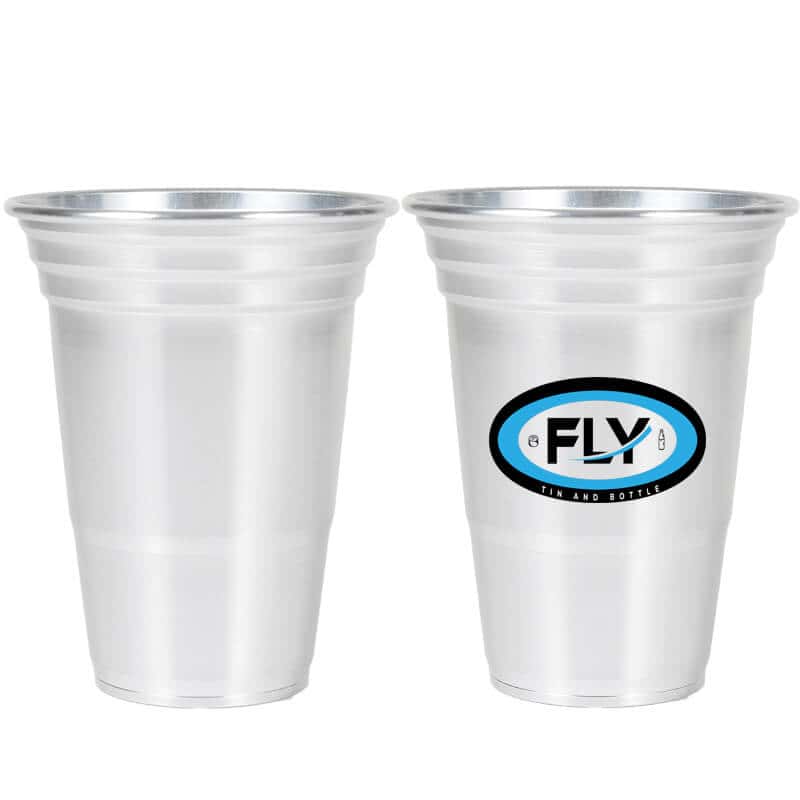
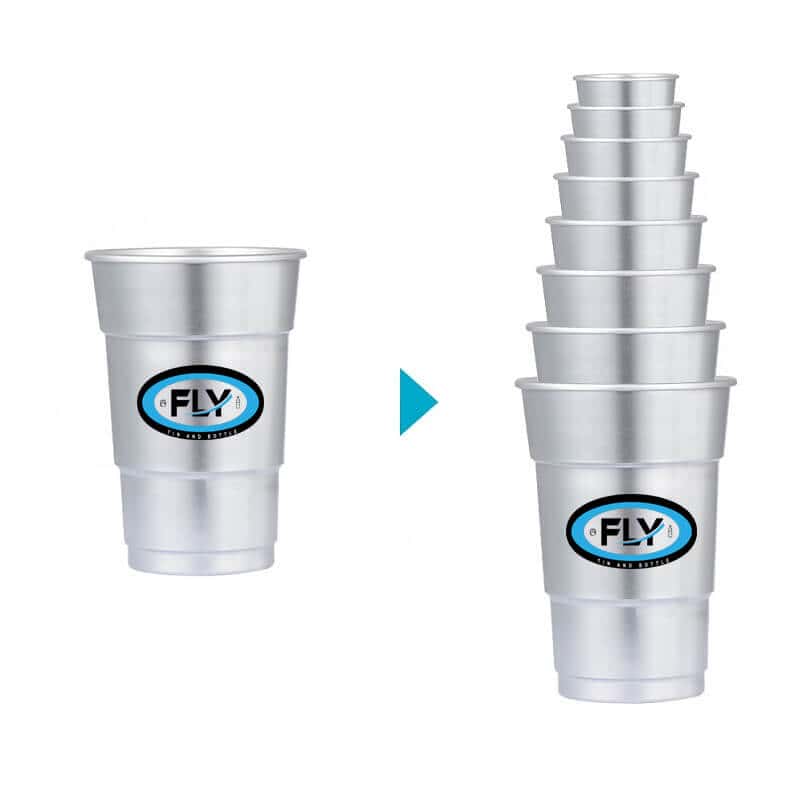
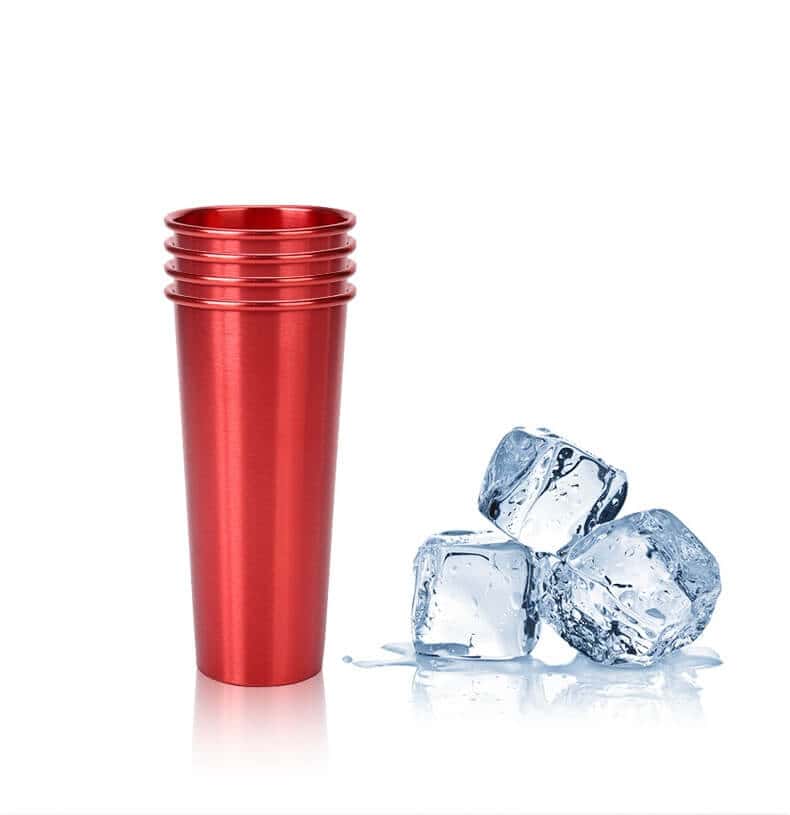
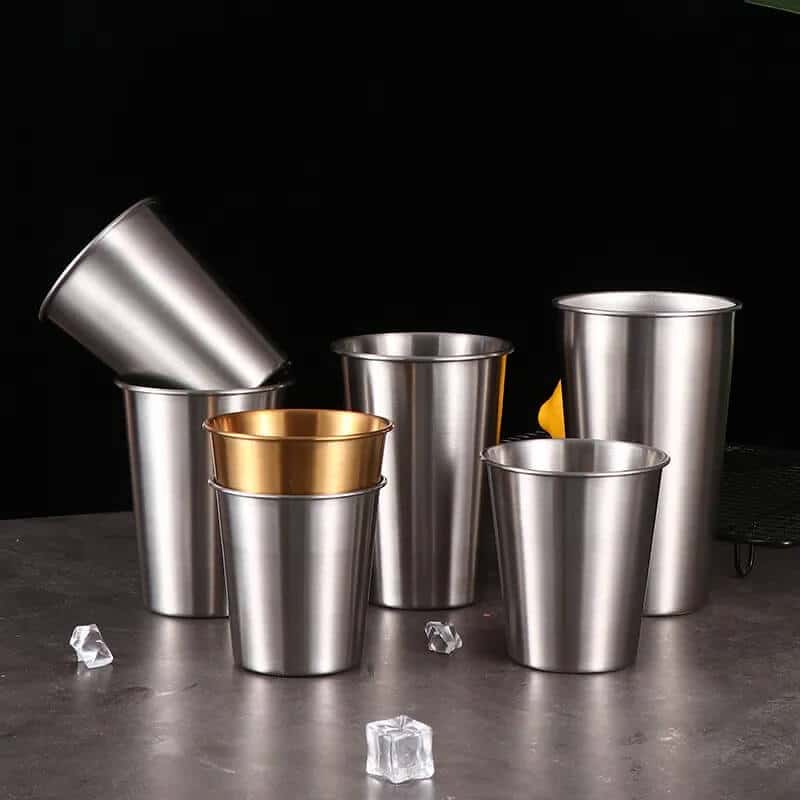

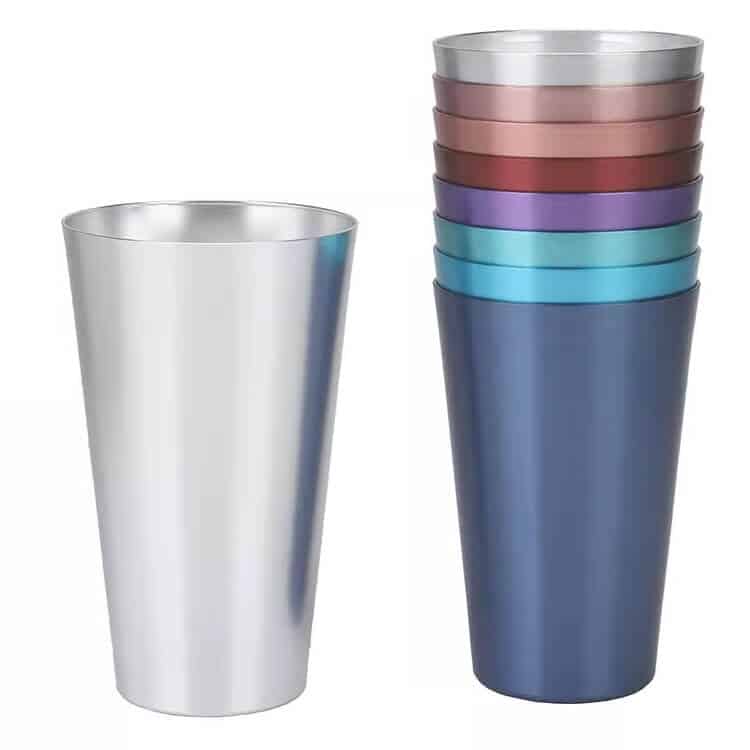
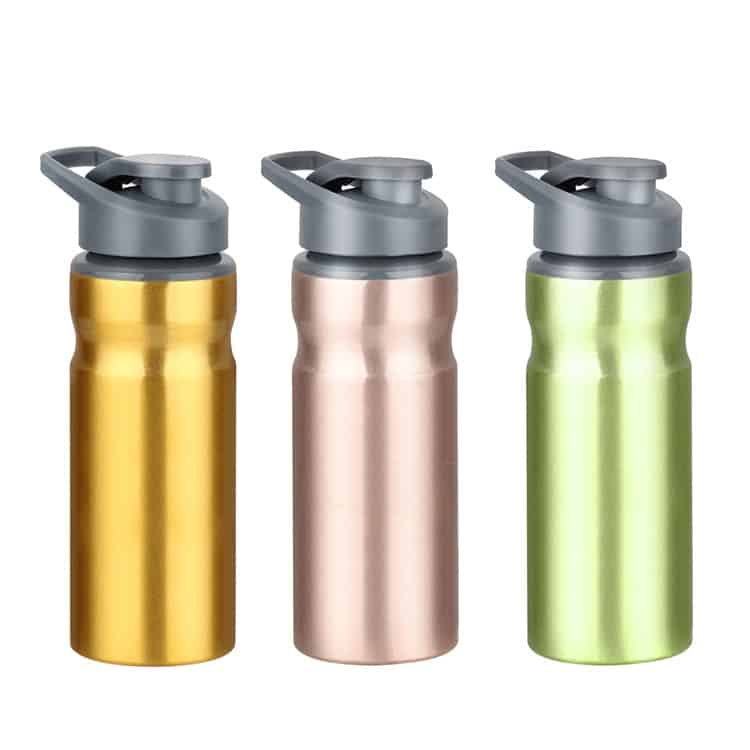
8 thoughts on “Do Stainless Steel Cups Have Lead?”
Comments are closed.